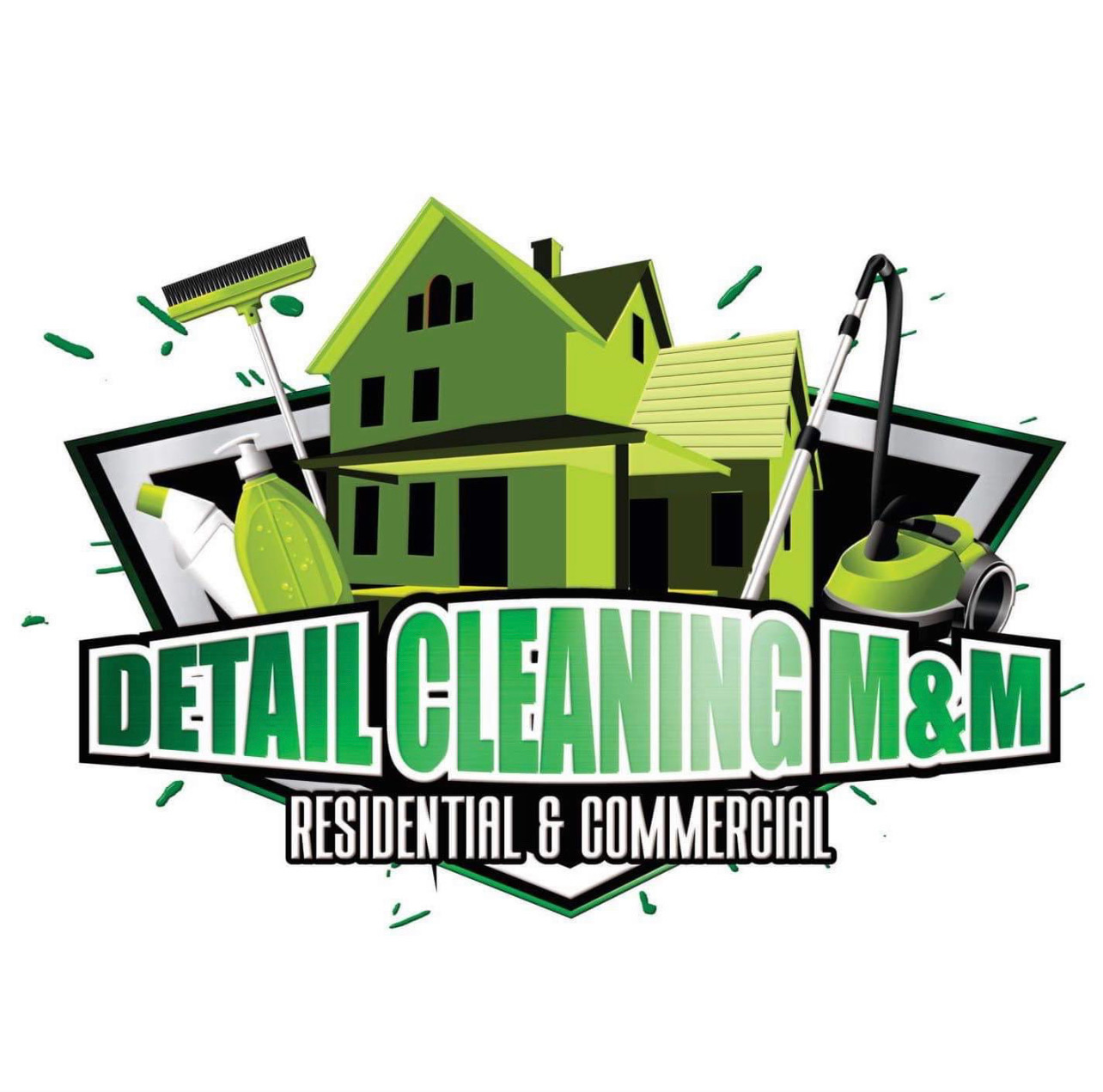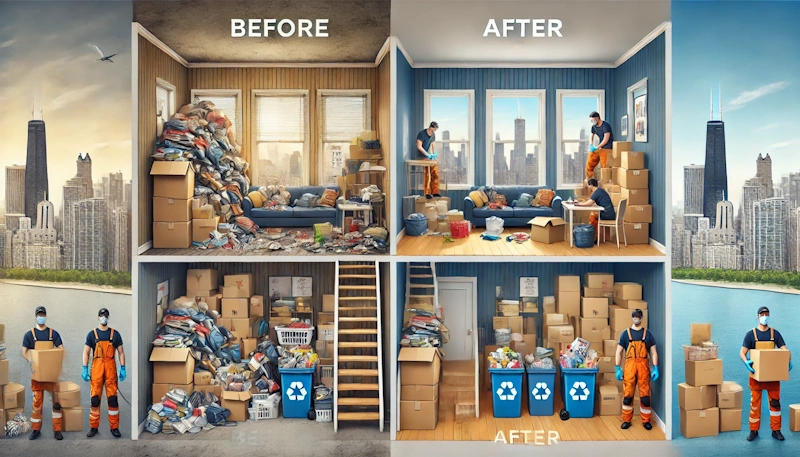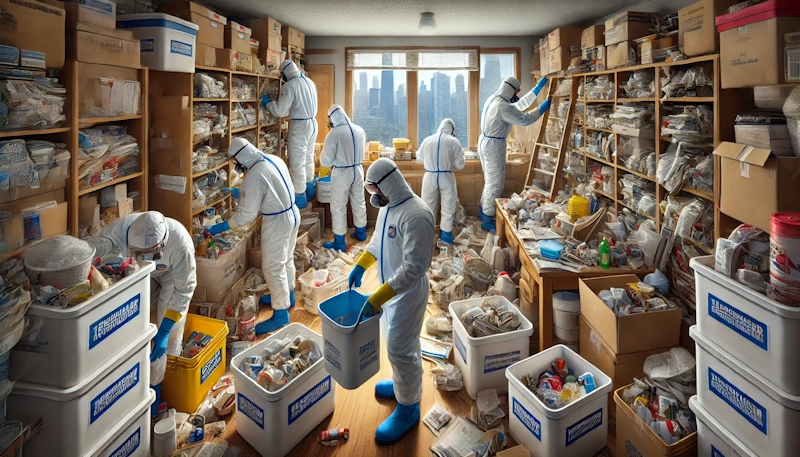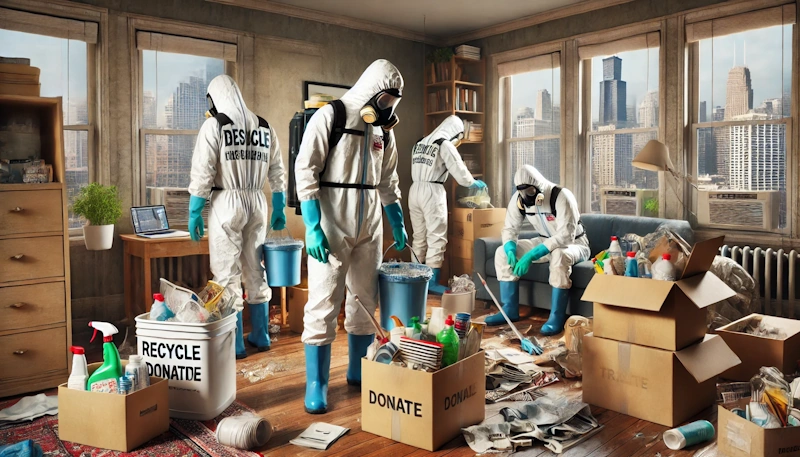Hoarding is a complex issue that affects individuals and communities alike. In Chicago, where urban density and close living quarters are the norm, hoarding can pose unique challenges, including health risks, safety concerns, and strained relationships with neighbors. Addressing this sensitive issue requires a combination of compassion, expertise, and practical strategies. Here, we explore the critical aspects of hoarding cleanup and provide resources for those seeking help in the Windy City.
Understanding Hoarding
Hoarding disorder is a recognized mental health condition characterized by persistent difficulty discarding or parting with possessions, regardless of their value. This behavior often leads to cluttered living spaces, reduced functionality, and increased health and safety risks. Common dangers associated with hoarding include:
- Fire Hazards: Accumulated items can block exits, impede fire response, and act as fuel for fires.
- Structural Damage: Excessive weight from stored items may compromise the integrity of floors and walls.
- Pest Infestations: Clutter provides an ideal environment for pests, which can lead to infestations and health issues.
- Health Concerns: Poor air quality, mold, and unsanitary conditions can negatively impact residents’ well-being.
The Importance of Professional Cleanup Services
Hoarding cleanup is not a simple decluttering project; it requires specialized knowledge and skills to address the physical and emotional aspects of the situation. Professional cleanup services in Chicago offer:
- Expertise: Trained professionals understand the unique challenges of hoarding and follow industry best practices.
- Safety: Proper equipment and techniques ensure the safe removal of hazardous materials and waste.
- Compassion: Professionals are trained to approach the situation with sensitivity, respecting the client’s emotions and needs.
- Comprehensive Cleaning: Services often include deep cleaning, sanitization, and odor removal, restoring the property to a livable condition.
Steps in the Hoarding Cleanup Process
The cleanup process involves several stages to ensure a thorough and respectful resolution:
- Assessment: Professionals evaluate the extent of hoarding, identifying safety hazards and necessary resources. Detailed documentation, including photographs and written reports, may also be created for insurance or legal purposes.
- Planning: A customized plan is developed, outlining priorities and addressing the client’s goals. Plans often include timelines, checklists, and an estimation of costs.
- Decluttering: Items are sorted into categories such as keep, donate, recycle, and discard. Professionals may collaborate with donation centers and recycling facilities to responsibly handle items.
- Removal: Unnecessary items are safely removed, including hazardous materials such as expired medications, sharp objects, or biohazards.
- Sanitization: Deep cleaning and disinfection restore the property’s cleanliness and habitability. This step may include mold remediation, pest control, and odor neutralization.
- Support: Many services provide aftercare support, connecting clients with mental health professionals, organizing resources, and offering follow-up visits to ensure sustained progress.
Resources for Hoarding Cleanup in Chicago
Chicago residents have access to a range of resources for hoarding cleanup and support. Some notable options include:
- Professional Cleanup Companies:
- Bio-One Chicago: Specializes in hoarding cleanup, crime scene cleaning, and biohazard removal, offering 24/7 emergency services.
- ServiceMaster Restore: Provides comprehensive cleanup solutions, including deep cleaning and restoration services tailored to hoarding cases.
- Steri-Clean Chicago: Focuses on compassionate hoarding cleanup and odor removal, with transparent pricing and a client-centered approach.
- Mental Health Services:
- The Anxiety and Depression Association of America (ADAA): Offers resources and referrals for hoarding disorder treatment.
- Chicago Department of Public Health: Provides mental health services and assistance programs for individuals facing hoarding challenges.
- Community Programs:
- North Side Housing and Supportive Services: Assists with housing stability and support for individuals affected by hoarding.
- Catholic Charities of the Archdiocese of Chicago: Offers case management, counseling, and support services.
Local Laws and Regulations
In Chicago, hoarding may lead to violations of local housing codes and ordinances. The city requires properties to meet health and safety standards, including:
- Sanitation Requirements: Properties must be free of pests, mold, and hazardous waste.
- Fire Safety Compliance: Exits must remain unobstructed, and fire hazards must be mitigated.
- Structural Integrity: Buildings must maintain safe living conditions without risks of collapse or structural failure.
Failing to address hoarding-related violations can result in fines, eviction, or mandatory cleanup orders. Professional cleanup services often assist in navigating these legal complexities and ensuring compliance.
How to Get Started
If you or someone you know is struggling with hoarding in Chicago, taking the first step can feel overwhelming. Here are some tips:
- Seek Professional Help: Contact a hoarding cleanup service to assess the situation and create a plan.
- Involve Trusted Friends or Family: A support system can provide emotional encouragement.
- Prioritize Safety: Address immediate hazards such as blocked exits, exposed wiring, and unstable piles of clutter.
- Connect with Mental Health Resources: Therapy and counseling can help address the underlying causes of hoarding.
- Educate Yourself: Learn about hoarding disorder to better understand the challenges and find effective solutions.
Conclusion
Hoarding cleanup in Chicago is a challenging but essential process that requires a balanced approach combining practical solutions and emotional support. By leveraging professional services and community resources, residents can reclaim their spaces and improve their quality of life. Whether you’re addressing this issue personally or supporting a loved one, remember that help is available and recovery is possible.




